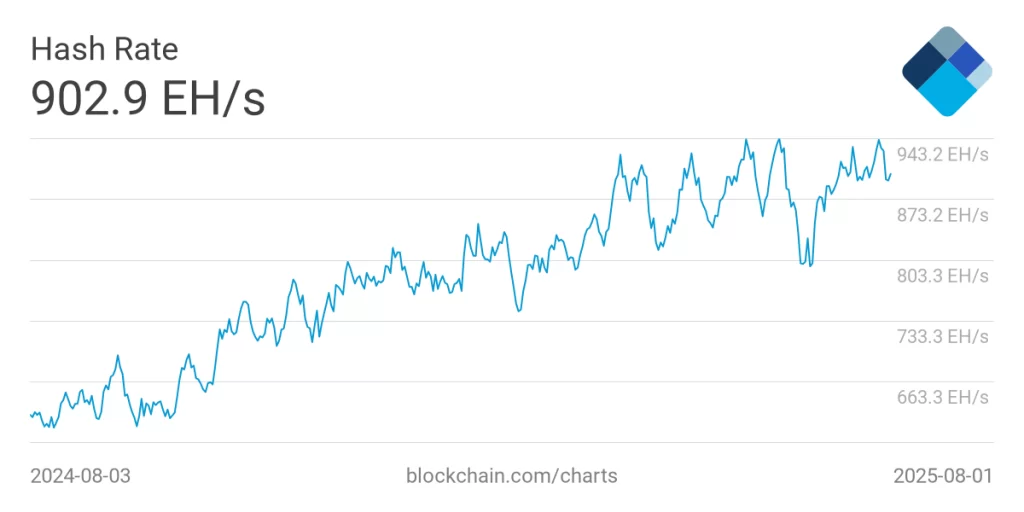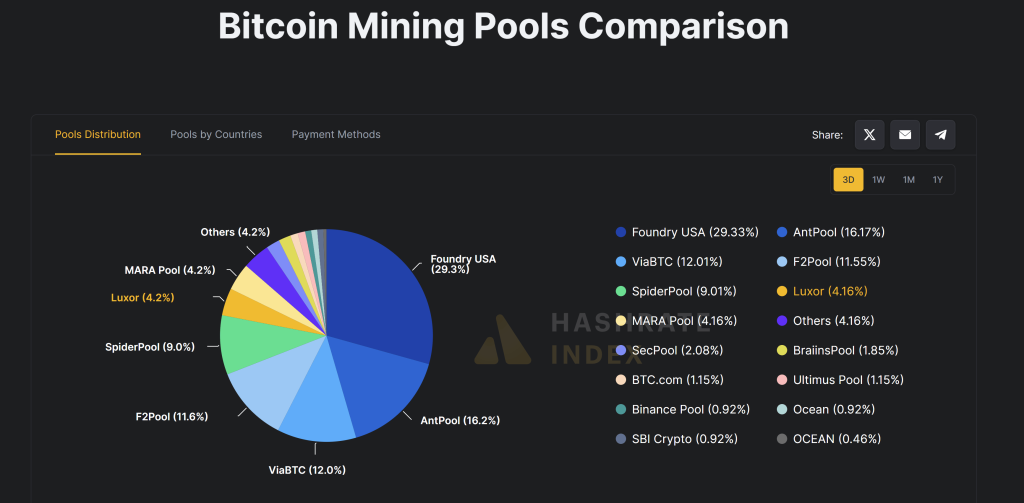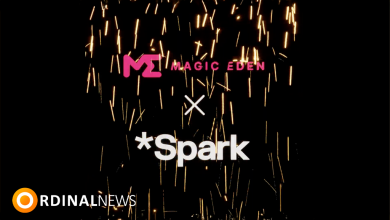Small Setups, Big Rewards: Solo Bitcoin Mining Sees a Surprise Revival

Despite soaring hashrates, independent miners keep scoring full blocks with efficient rigs and a bit of luck
Solo Bitcoin miners are making an unexpected comeback, scoring full block rewards even as the network’s hashrate approaches record highs. With the odds stacked against them, small-scale operators continue to land block wins, defying expectations in a game long dominated by industrial-scale mining farms.
As of now, Bitcoin’s hashrate hovers around 902 exahashes per second (EH/s), a figure just shy of its all-time high. Under such competitive conditions, solo miners typically face astronomical odds-yet, last week, one managed to claim block 907,283 through Solo CK pool, netting 3.125 BTC (over $372,000) plus $3,436 in transaction fees.
It wasn’t a one-off: similar wins were logged in July, June, March, and February. According to Samuel Li, CTO of ASICKey, this isn’t just about luck. “Today’s solo winners are equipped with highly efficient ASICs capable of serious hashrate without guzzling power,” he said.

Efficiency is the new edge
For solo miners, hardware efficiency has become the key to remaining competitive. Li pointed to ASICKey’s own KEYMINER A1, which delivers 1,100 terahashes per second (TH/s) at just 650 watts. “That translates to around $1,200 monthly on BTC alone, and up to $3,800 with altcoins like Dash,” he said.
ASICKey’s lineup includes the A1, KEYMINER X (2,300 TH/s at 1,300W), and the high-performance PRO model (5,800 TH/s at 2,800W), with monthly returns of up to $6,300 under current market conditions.
Still, Li cautioned that the math hasn’t changed: “Unless you’re controlling tens of petahashes, solo mining is still largely a lottery.” At current hashrates, a miner with 1 PH/s has roughly a 1 in 650,000 chance of solving a block every 10 minutes.
What’s driving the solo trend?
While financial gains are part of the appeal, Li says ideology is also at play. “Some miners prefer the freedom and decentralization of going solo-even if it’s a long shot financially.”
This sentiment is growing amid concerns over centralization. Foundry USA currently holds 29.3% of the Bitcoin network’s hashrate, followed by AntPool (16.2%), ViaBTC (12.0%), and F2Pool (11.6%). If just a few pools control more than half the network, the risk of a 51% attack becomes a theoretical concern.

“More solo miners using efficient, clean energy setups can help restore the decentralized nature of Bitcoin,” Li said. “It’s a return to Bitcoin’s roots-open participation without permission.”




